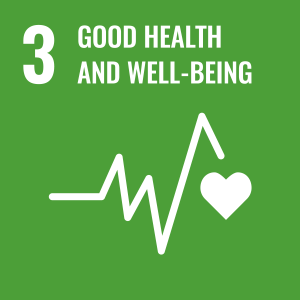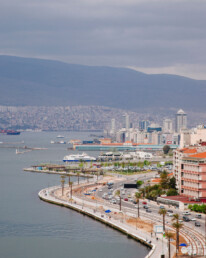Streets designed with the participation of city residents increase the sense of belonging to the city, communication, and appropriation of practices.
OBJECTIVES
Decelerate and protect the city’s urban environment and nature. Targets were set in six areas: community, good governance, mobility, urban resilience, access to good food and slow neighbourhoods.
DESCRIPTION OF ACTIONS CARRIED OUT
Analysis involving representatives of society, professional chambers, experts and academics were conducted with the aim of understanding life in İzmir and the metropolitan city in general. These analyses also considered the prevailing global views in this area and were compared with Cittaslow’s philosophy. From this perspective, priority issues to be addressed in the Cittaslow model were identified.
KEY SUCCESS FACTORS
Social solutions have strengthened urban identity and the sense of belonging in the neighbourhoods. The success of spatial solutions has been based on the use of tools such as Slow Spaces, by closing areas to vehicular traffic and establishing places for pedestrian use.
MAIN RESULTS ACHIEVED
Streets can become more liveable areas not only through the design of the physical environment, but by becoming owned by users of all ages. The inclusion of city residents in the design process ensures transparency and equity in the decisions made. By designing streets with the participation of residents, the sense of belonging to the city is strengthened, communication is fostered, and ownership of urban practices is promoted. As part of the Cittaslow Neighborhood program, a citizen participation process was carried out to identify the problems, needs and potential of the neighbourhood based on residents’ opinions and responses.




